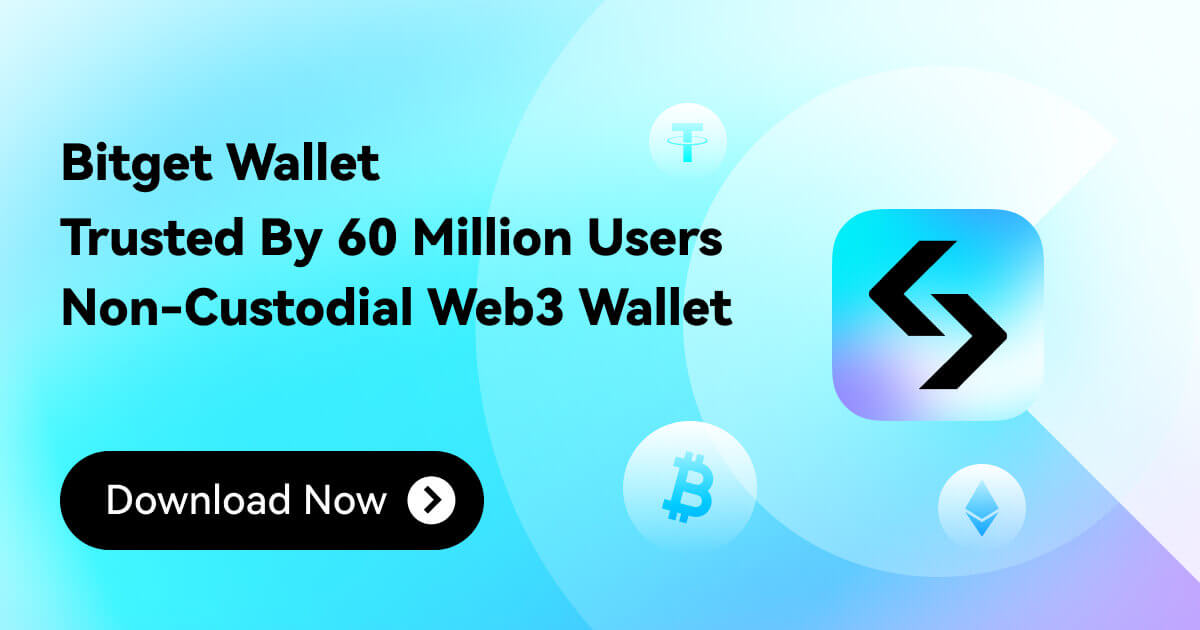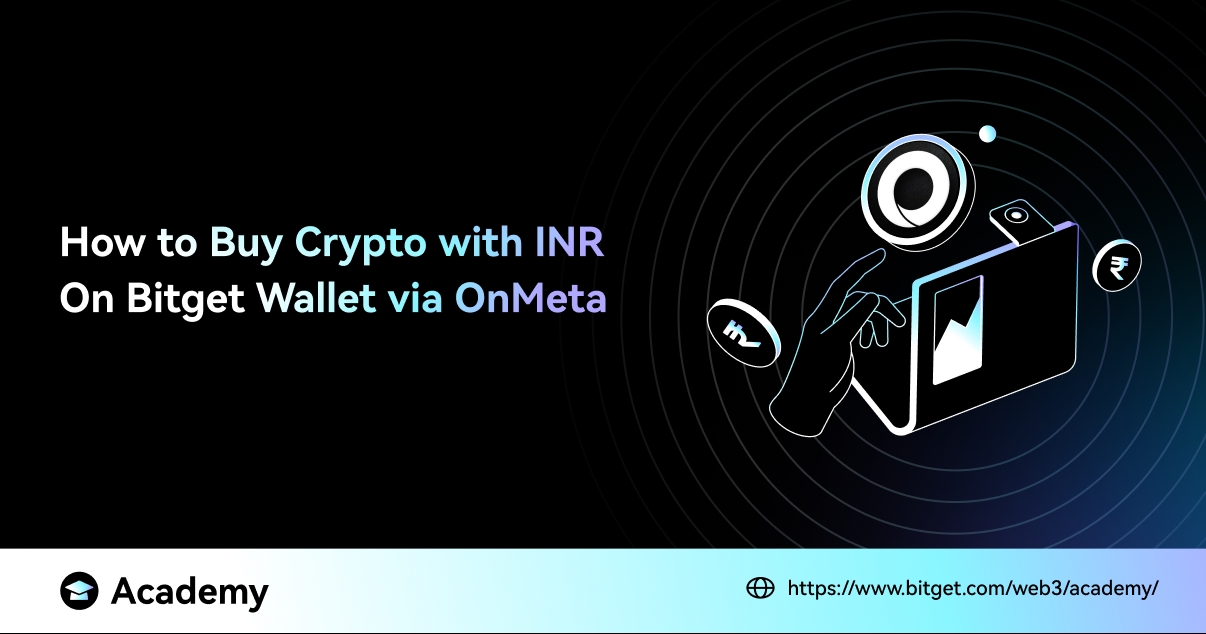Polkadot Parachains: A Complete Guide

Polkadot parachains have been the buzz of the crypto town lately, with up to 100 parachains in the ecosystem, boosting the circulating supply of DOT to nearly 1.48 billion. This rapid increase, complemented by a staking rate of 58.82%, demonstrates the huge potential of these blockchain structures.
What are Polkadot Parachains?
Polkadot Parachains are specialized, independent blockchains that serve as an important scaling option inside the Polkadot ecosystem. They run in parallel to the main Polkadot Relay Chain, using its security and consensus methods, hence the name “parachains”.
Essentially, each parachain functions as a custom-built Layer 1 blockchain, complete with its own governance structure, tokenomics, and rules. Unlike standalone blockchains, parachains capitalize on Polkadot's shared security and interoperability capabilities.
The Importance of Polkadot Parachains
Parachains were developed to overcome the constraints of early blockchains, which, despite their proliferation, were isolated and lacked interoperability. This hindered scalability and widespread adoption, much like a world of disconnected islands.
The vision was to establish an "internet of blockchains"—a network that would enable diverse blockchains to interact in a seamless manner while maintaining their sovereignty.
Parachains emerged as the solution, providing the ability for decentralized applications (dApps) to operate autonomously while enabling cross-chain communication and shared security.
Features and Benefits of Polkadot Parachains
Polkadot parachains are sovereign Layer-1 blockchains, meaning they can host numerous decentralized apps (dApps) and even smart contracts, something the Polkadot Relay Chain lacks. From decentralized exchanges (DEXs) and DeFi platforms to NFT marketplaces and gaming ecosystems, parachains are diverse tools for shaping the future of Web3.
Additionally, they offer a variety of important characteristics and benefits, including:
- Customization: Parachains are highly adaptable, enabling developers to tailor their chain's parameters, such as consensus mechanisms and tokenomics, to suit specific use cases.
- Interoperability: Thanks to Polkadot's cross-consensus messaging (XCM), parachains can seamlessly interact and exchange data with other parachains and external networks, unlocking a new era of cross-chain collaboration.
- Scalability: By processing transactions in parallel, parachains significantly enhance the scalability of the Polkadot network, allowing it to handle a high volume of transactions efficiently.
- Shared Security: Parachains inherit the robust security of the Polkadot Relay Chain, ensuring a safe and trustless environment for users and developers.
- Governance: Parachains can implement their own on-chain governance systems, empowering communities to actively participate in decision-making and shape the future of their chain.
Polkadot Parachains vs Polkadot Parathreads
Now that you know about Polkadot parachains, there's another term floating around the Polkadot ecosystem that sounds awfully similar: parathreads. To be honest, it’s easy to get them mixed up. Let’s break down these two concepts and shed some light on how they fit into the grand scheme of Polkadot.
- Parachains: These are permanent, dedicated blockchains that have secured a slot on the Polkadot Relay Chain through an auction process. They offer the highest level of security and interoperability.
- Parathreads: These are temporary, pay-as-you-go blockchains that share a pool of validators with other parathreads. They are a more cost-effective alternative for projects with lower transaction volumes or intermittent activity.
Notable Projects Based on the Polkadot Parachain Network
The Polkadot ecosystem is home to an increasing number of creative and ambitious initiatives, each of which uses the power of parachains to solve unique issues and generate new possibilities. Let's look at four examples that highlight the Polkadot parachain network's adaptability and potential.
#1: Origin Trail
Origin Trail is a decentralized knowledge graph that combines blockchain technology with knowledge graphs to generate AI-ready knowledge assets. Origin Trail combines these cutting-edge technologies to allow the analysis and refining of different data, ranging from the metaverse to supply chains. This enables organizations and people to gather useful knowledge and create next-generation ecosystems.
Its connection with the Polkadot ecosystem enables simple interoperability and data exchange across several parachains and blockchains. This enables a complete and comprehensive view of knowledge assets, creating new opportunities for AI applications and data-driven decision-making.
More about Origin Trail Wallet
#2: Bittensor
Bittensor is creating a decentralized marketplace for machine intelligence in the Polkadot ecosystem. This unique platform allows AI models to communicate and share their learnings in a peer-to-peer setting, using blockchain technology for scalability and interoperability.
Contributors to the Bittensor ecosystem are paid for sharing their AI models and helping the network thrive. This encourages cooperation and information exchange, resulting in a robust community of AI developers and enthusiasts.
More about Bittensor (TAO) Wallet
#3: Astar
Astar is developing itself as a smart contract hub on the Polkadot network, providing developers with a flexible platform for creating dApps that function with both the Ethereum Virtual Machine (EVM) and WebAssembly. This flexibility broadens the variety of options for developers, allowing them to construct new apps that take advantage of the strengths of both platforms.
Astar's DApp staking system is a novel feature that compensates developers for their efforts. Staking tokens on their dApps allows developers to earn extra incentives depending on the use and popularity of their apps. This offers a long-term incentive mechanism that promotes innovation and high-quality development on the Astar network.
How to Start a Parachain on Polkadot?
Launching a parachain on Polkadot entails acquiring a desirable spot on the Relay Chain via a competitive auction. Here's a simple guide:
- Participating in parachain slot auctions: Polkadot employs a competitive auction system to allocate parachain slots. Interested parties bid using DOT tokens, and the highest bidder wins the lease.
- Locking up DOT for the lease period: The winning bidder must lock up their DOT tokens for the duration of the lease, which can range from six months to two years. These tokens are held in reserve and cannot be used for other purposes (such transferring or staking) during this time.
- Funding your bid: You can self-fund your bid or utilize crowd loans, where DOT holders contribute their tokens in exchange for potential rewards if your bid is successful.
- Launching and maintaining: After development, launch your parachain and actively maintain its operation. Remember, parachain slots are leased, so you'll need to renew your lease through future auctions to continue operating on Polkadot.
While securing a parachain slot via an auction is the preferred approach, there are other options to explore, such as:
- Utilizing Polkadot parathreads: If your project does not need a full-time parachain slot, Polkadot parathreads provide a flexible, pay-as-you-go solution.
- Securing from secondary markets: Another option is to acquire a parachain slot via a secondary market, where someone who has already secured a slot resells it, and the associated deposit of locked tokens goes to a buyer.
- Receiving granted slots: In rare situations, initiatives considered critical to the Polkadot ecosystem may get slots directly via the governance process.
More about Polkadot (DOT) Wallet
Polkadot Parachains vs Other Scaling Solutions
With so many blockchain scaling solutions available, such as sidechains, shardings, and rollups, what distinguishes Polkadot parachains? Let's compare them head-to-head and uncover their unique strengths in the following table:
Feature
Polkadot Parachains
Other Scaling Solutions
| Interoperability |
Native, seamless communication between parachains and Relay Chain |
Often requires bridges for cross-chain communication, may have limitations and security risks |
| Scalability |
High throughput, each parachain processes transactions in parallel |
Varies depending on the solution; sidechains and sharding can offer high throughput, but rollups may have bottlenecks |
| Security |
Shared security of the Relay Chain, pooled validators |
Each chain/solution has its own security model; Layer 2 solutions inherit some security from the base layer |
| Customization |
High degree of flexibility, parachains can have their own consensus and tokenomics |
Varies; sidechains offer good customization, but sharding and rollups may have limitations |
| Governance |
On-Chain, transparent, and upgradable via the Relay Chain |
Can be on-chain or off-chain, some solutions offer more flexibility than others |
| Examples |
Origin Trail, Bittensor, and Astar |
Polygon (Sidechain), Ethereum 2.0 (Sharding), Optimism, Arbitrum (Rollups), Solana, and Avalanche (Alt-L1s) |
The Future of Polkadot Parachains
Polkadot is constantly improving its parachain architecture to enable new features and solve restrictions. The Polkadot 2.0 roadmap includes features like candle mechanisms, CoreTime Upgrade, and Asynchronous Backing. These enhancements seek to improve transparency in parachain slot auctions, optimize resource allocation, and boost throughput for greater scalability.
However, the high inflation rate of DOT, along with its restricted use cases, raises doubts about the economic model's viability. Plus, the high development costs, shrinking treasury, and lack of standardized tools may further hinder its expansion.
Despite these hurdles, the future of Polkadot is bright. Dr. Gavin Wood's idea of a global blockchain supercomputer is taking form with the upcoming XCM unlocks that will let blockchains communicate across various stacks.
As Polkadot grows, a safe and user-friendly wallet is critical for navigating its dynamic ecology. Bitget Wallet provides strong security and smooth integration, making it an excellent alternative for managing your DOT and participating in the parachain revolution.
- What Is a Public Sale in Crypto? A Beginner’s Guide to Token Sales2025-03-23 | 5 mins
- How to Buy Crypto with INR on Bitget Wallet via OnMeta2025-03-12 | 2 mins


















